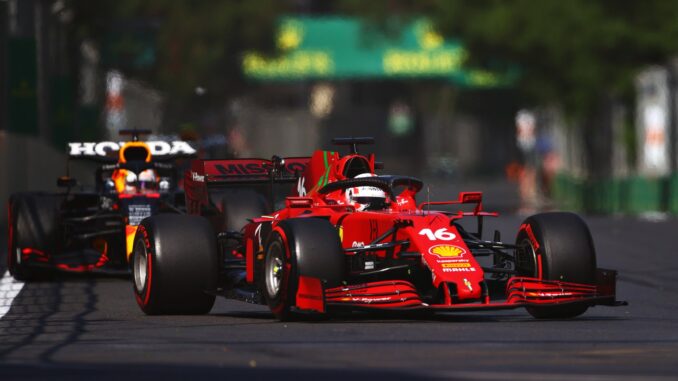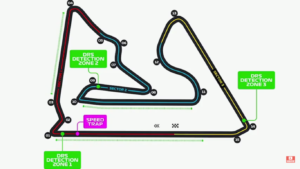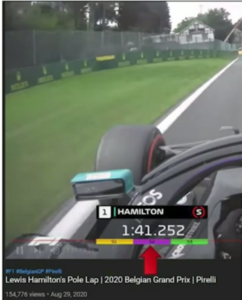
Each F1 racetrack is split into three parts – these are known as sectors

The sectors and sector colors benefit F1 drivers and their technical team to precisely measure how fast or slow their racing car is going.
The sectors are classified into three colors, purple, green and yellow.
The sector is used to communicate to the drivers how fast they are pacing themself around the track or street circuit. It also shows where the racer is losing time and where their car is dragging on a particular part of the turns or straights.
The sectors are roughly equal in length around the lap – with a white line across the track marking them out in practice and qualifying.
Purple Sector

This sector is attributed to the driver who had the fastest time during a particular lap. For example, if a driver has set a time that receives a purple sector rating, they have achieved the fastest time on the track that weekend.
In the race and qualifying, they have purple for the fastest sector in the session and green for personal fastest. The empty sectors mean that they are on a lap and have not completed that sector yet.
Green Sector
The green sector is an indicator that means a driver has set their personal best time in that exact sector.
Yellow Sector
The yellow sector is used to show that a driver has not set a personal best in a sector.
Ennio Sorgini is a F1 analyst with GTA Weekly News

Leave a Reply